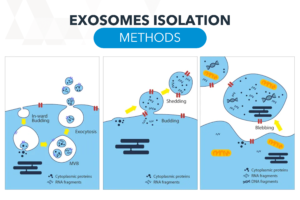
Funnels borosilicate glass short stem 100 mm diameter
£20.69 exc. VAT
Borosilicate glass 3.3 is a type of high-quality glass known for its excellent thermal resistance, chemical durability, and low thermal expansion. The “3.3” refers to its very low coefficient of thermal expansion, which is approximately 3.3 x 10^-6/K. This low coefficient makes it particularly resistant to thermal shock, meaning it can withstand sudden temperature changes without cracking or breaking.
| Manufacturer | |
|---|---|
| Material | Borosilicate glass 3.3 |
| Funnel Type | Short angled stem |
| Diameter | 100mm |






We equip your laboratory with speed and efficiency
Fill in the form and our team of experts will recommend the best viscometer and setup based on your requirements.